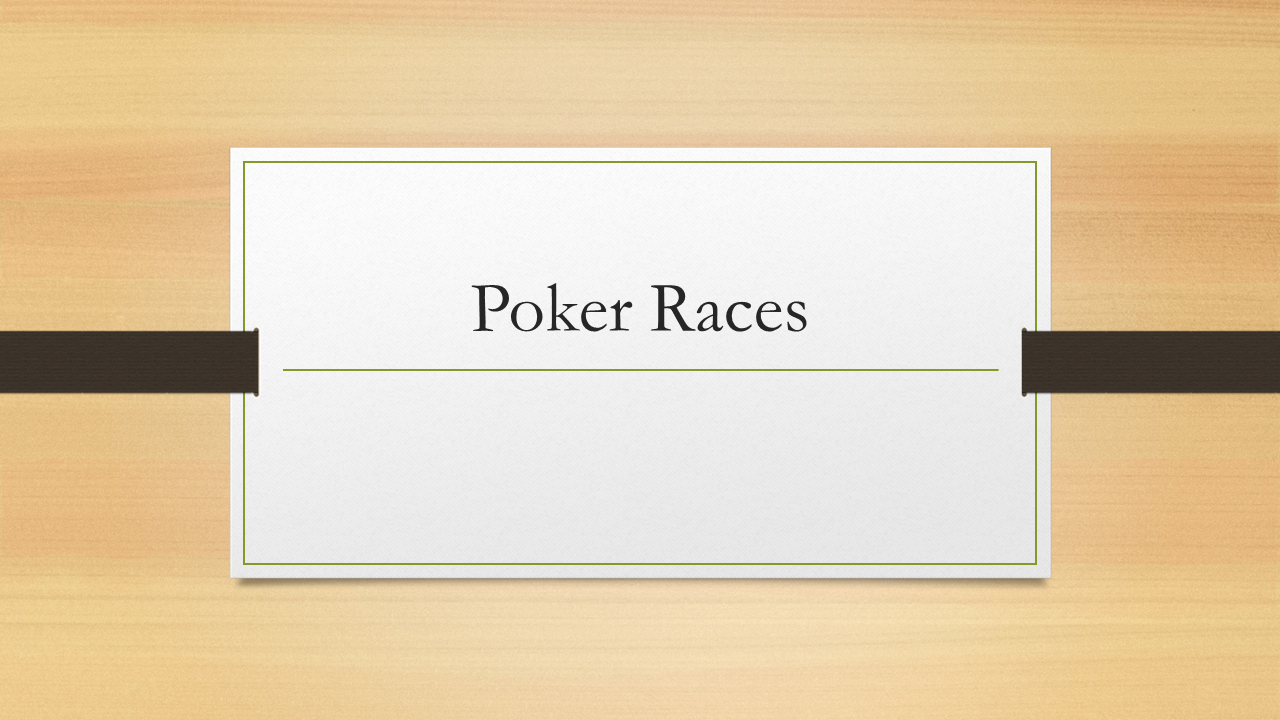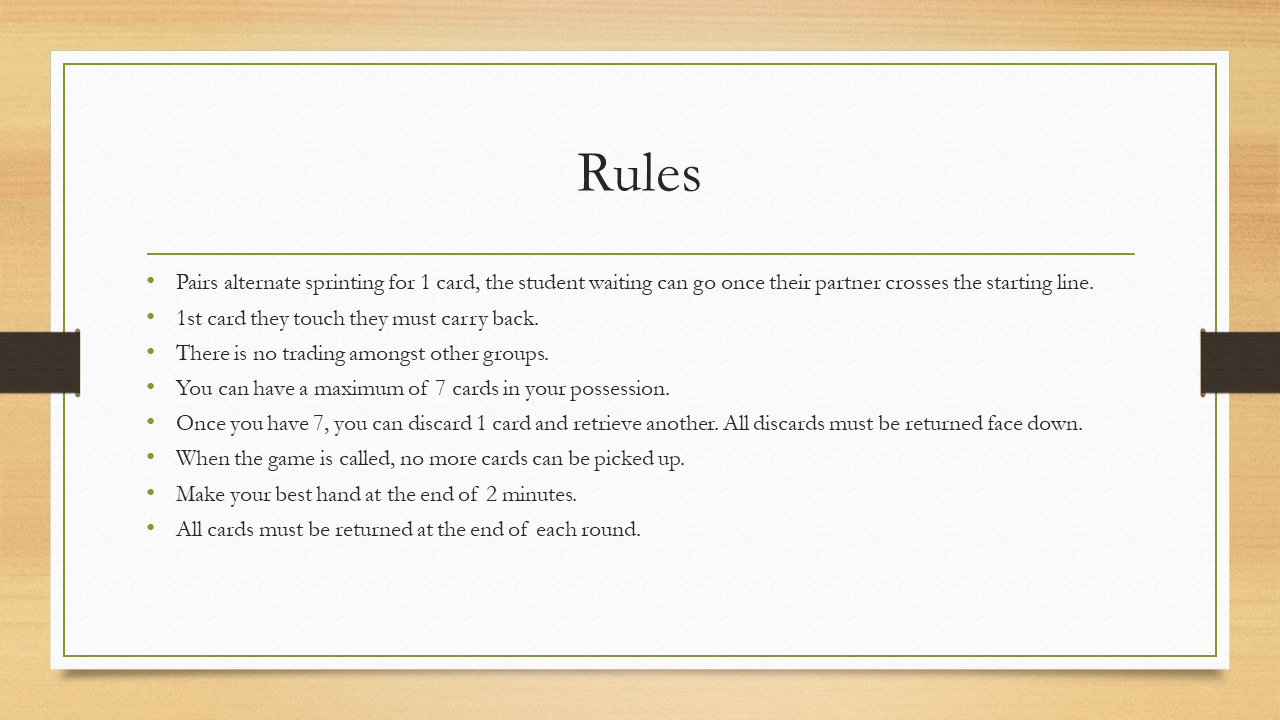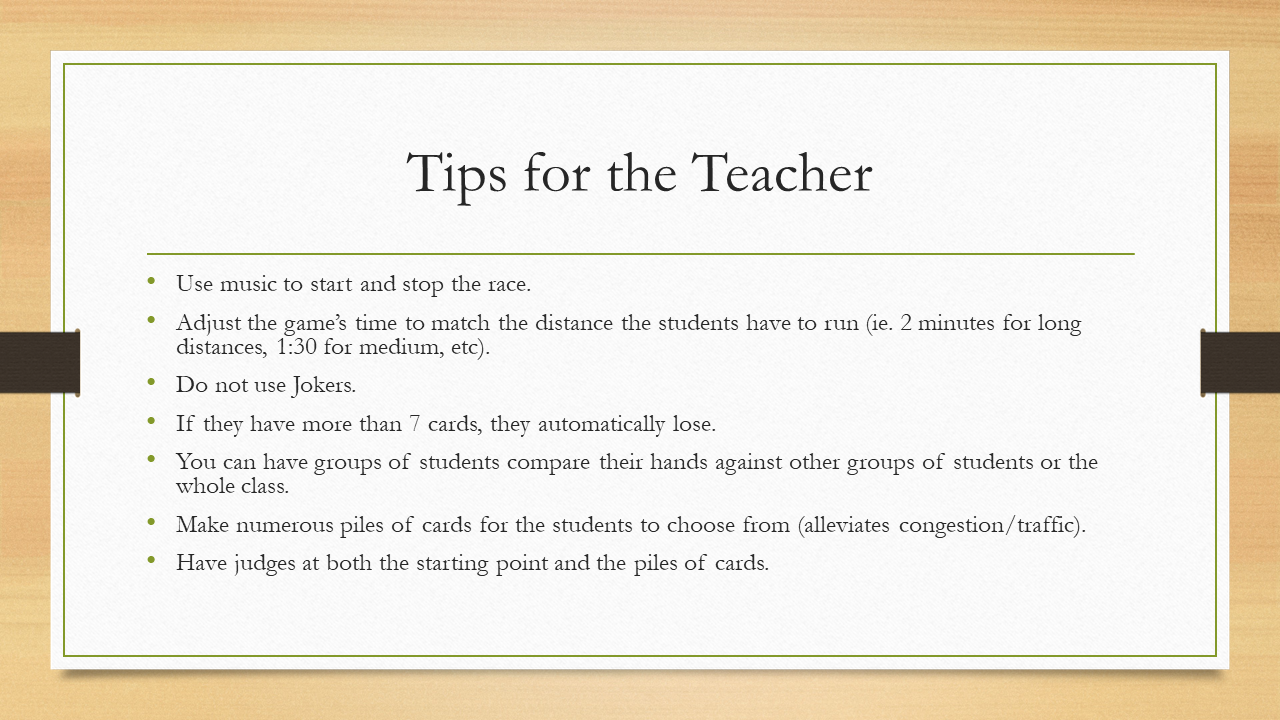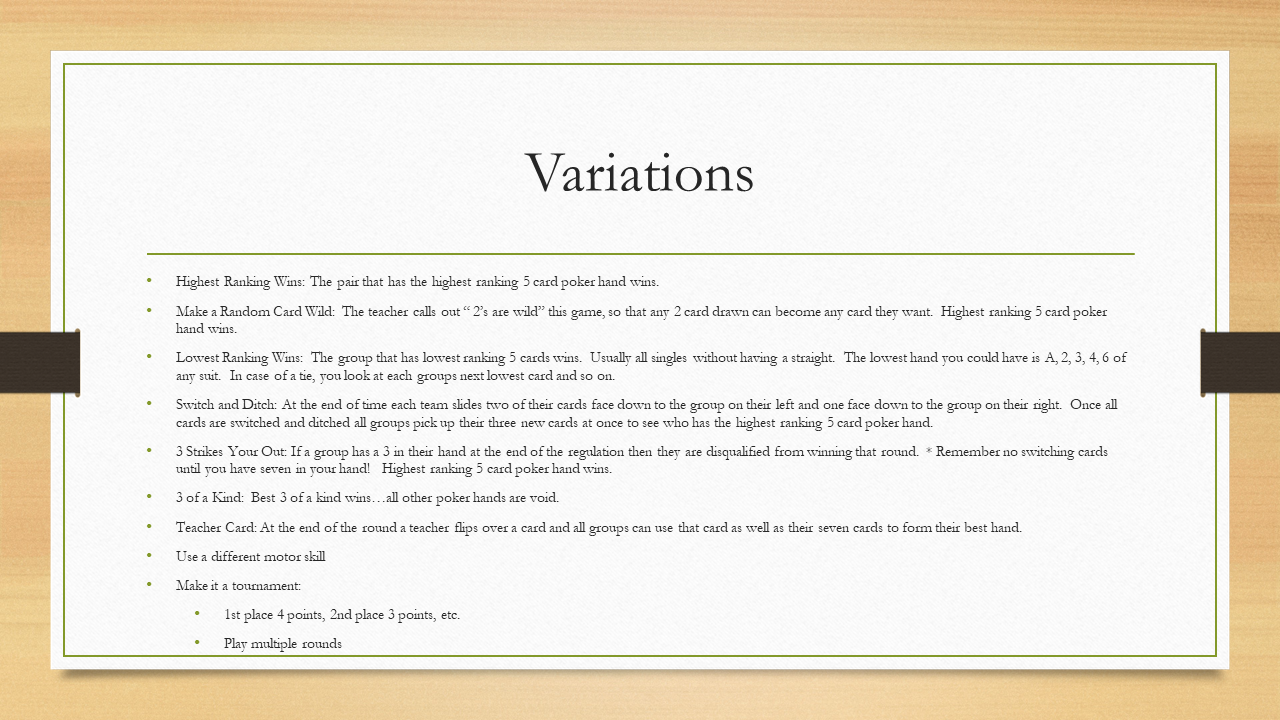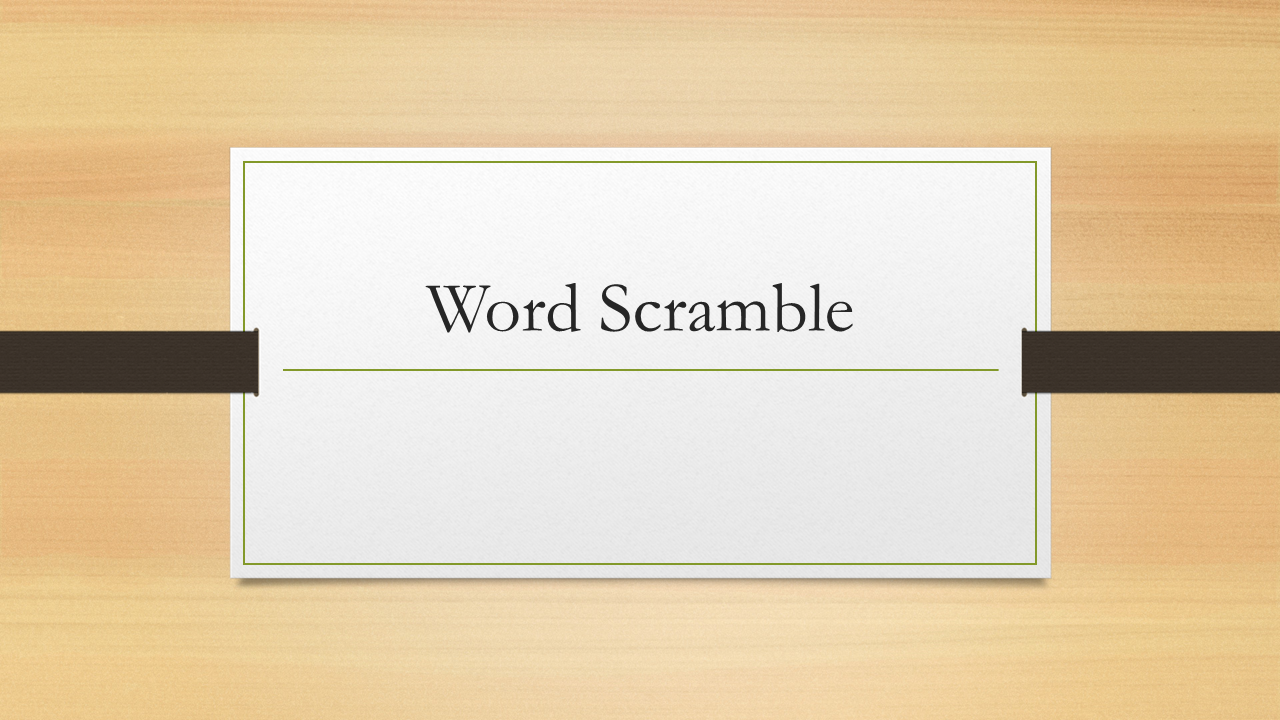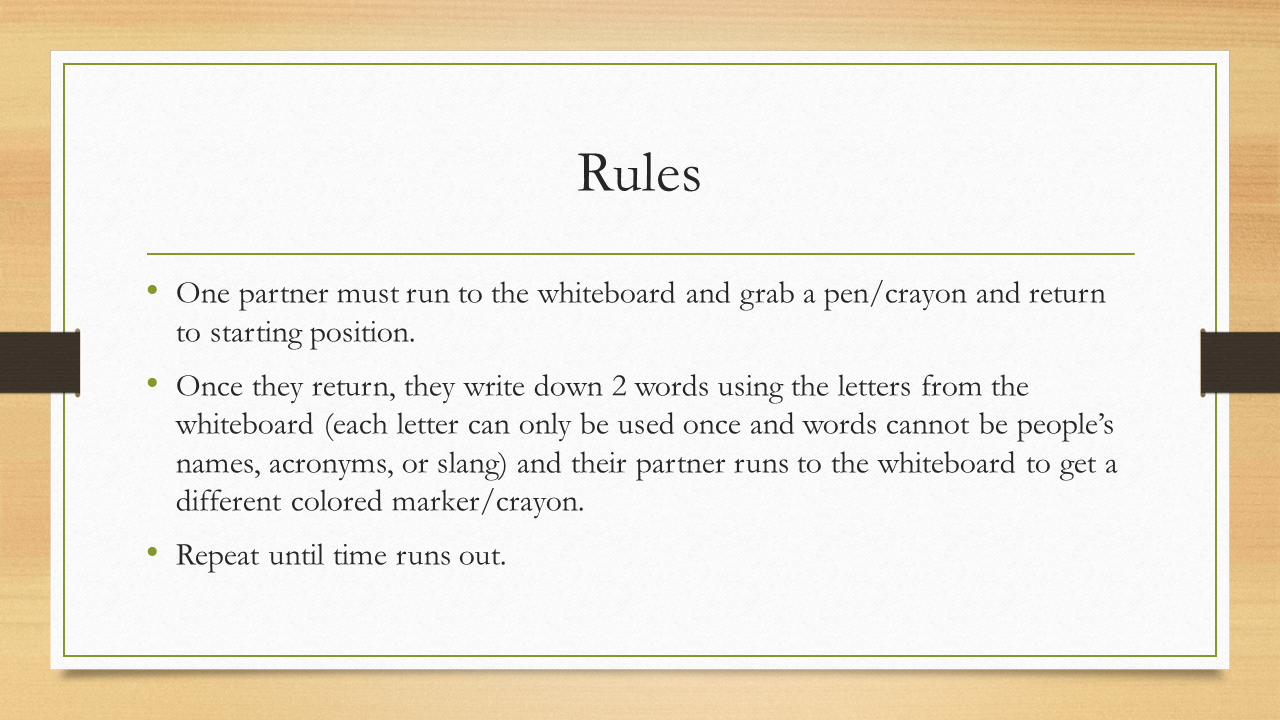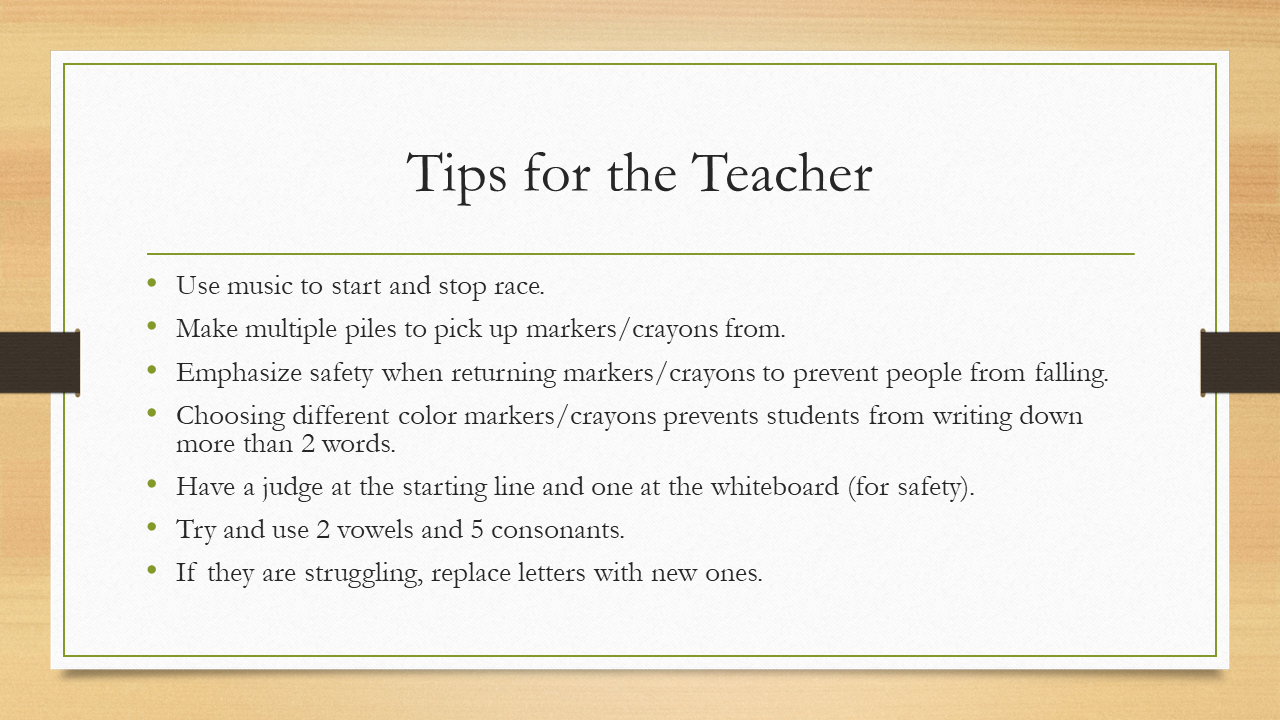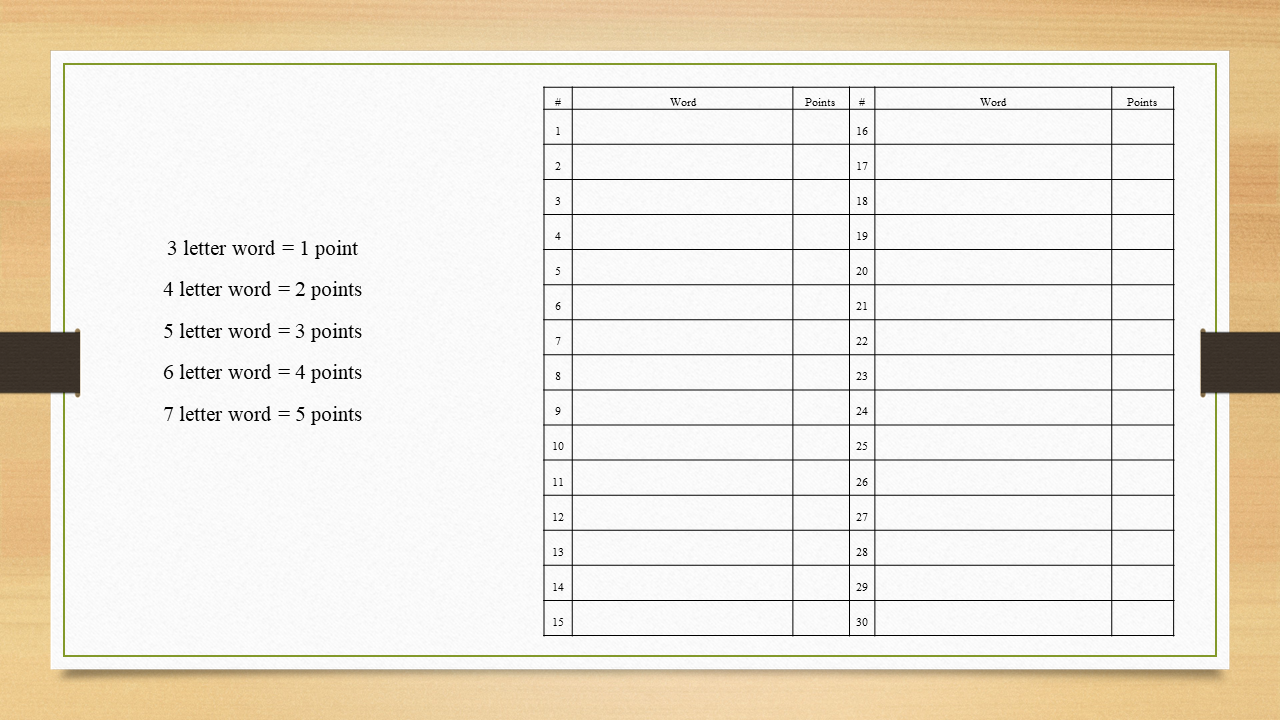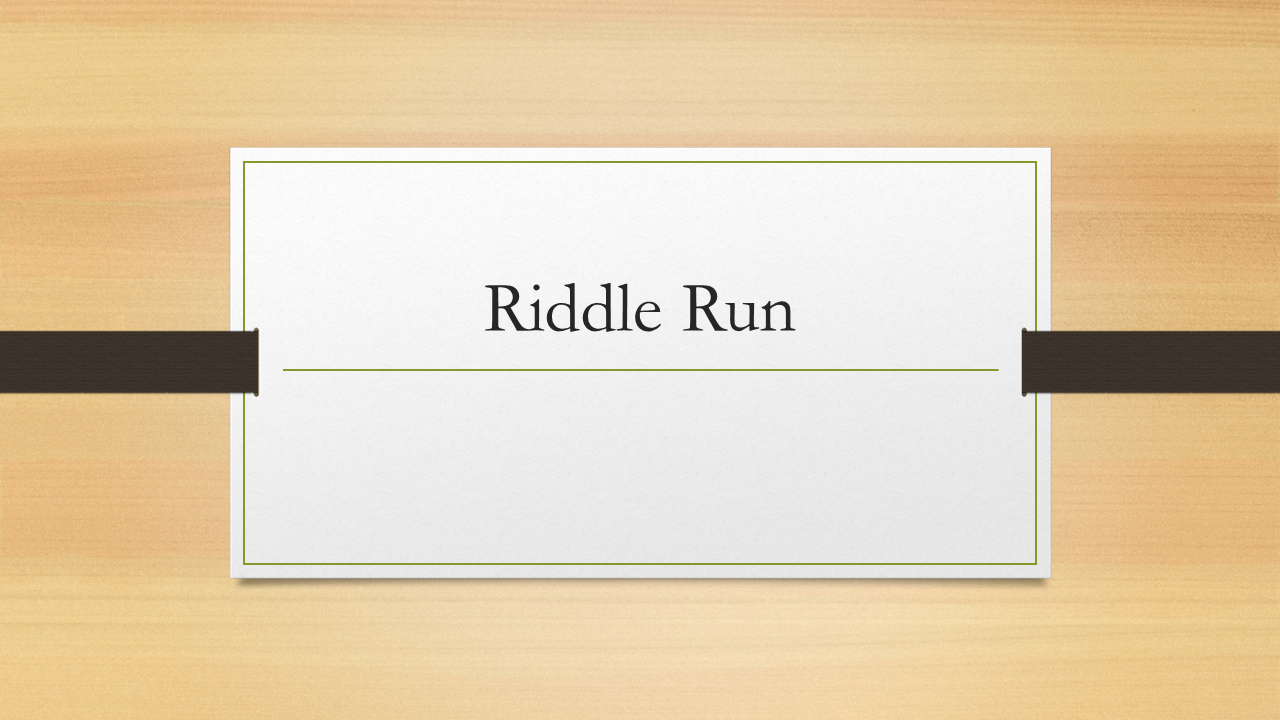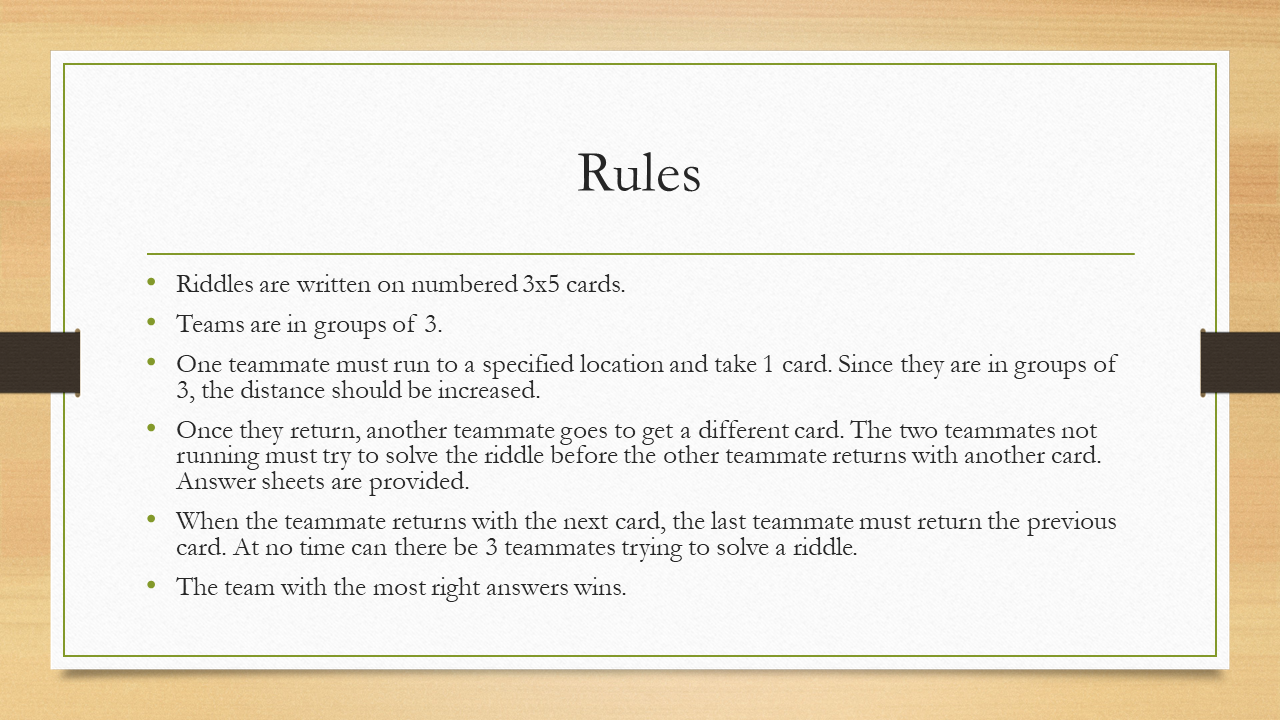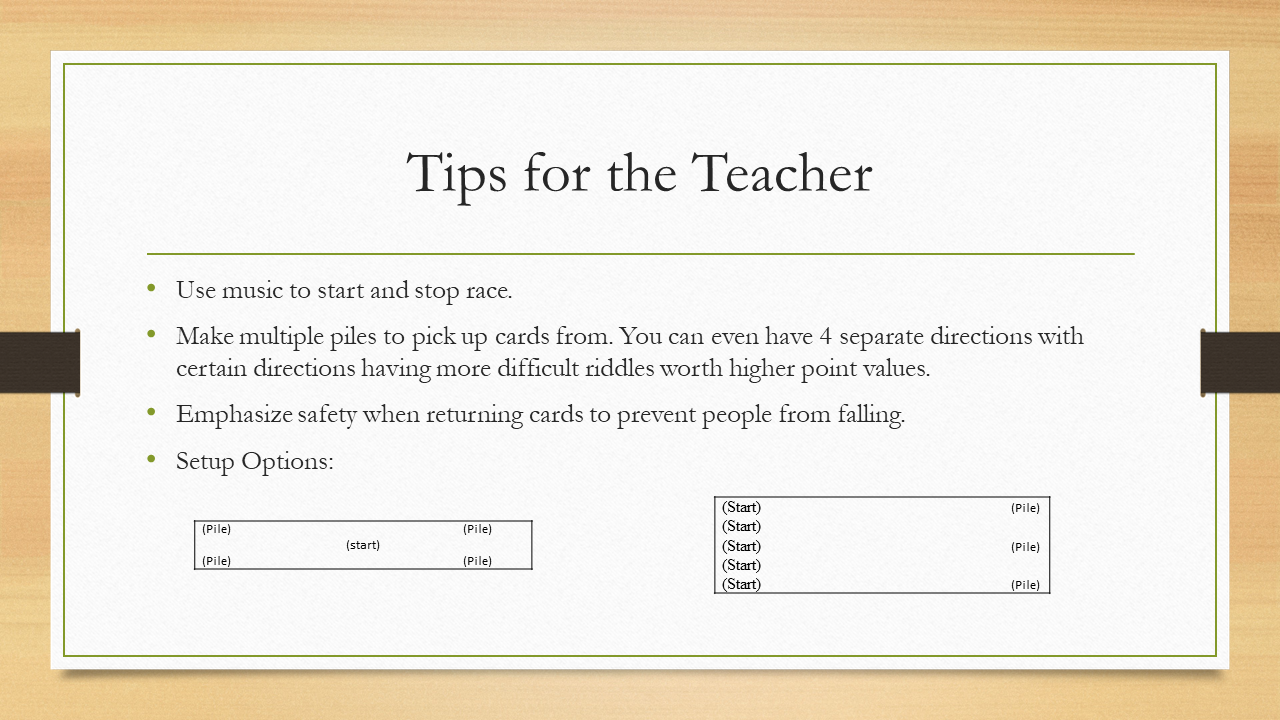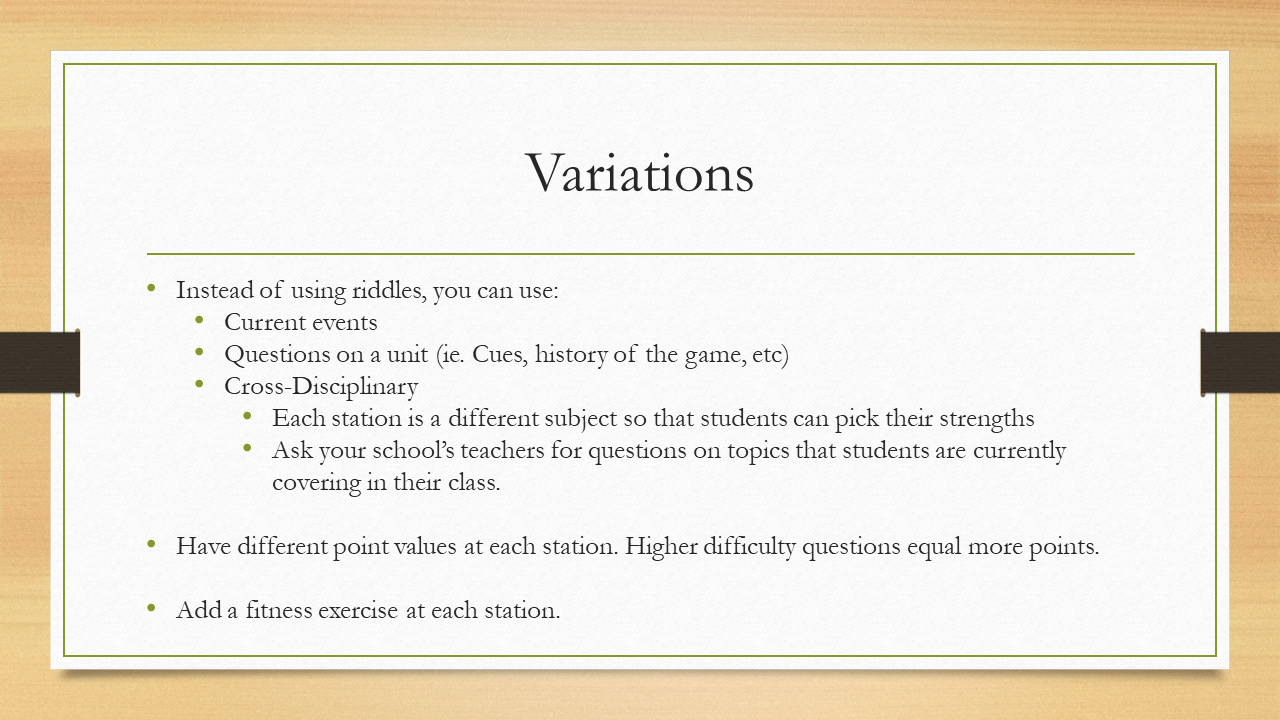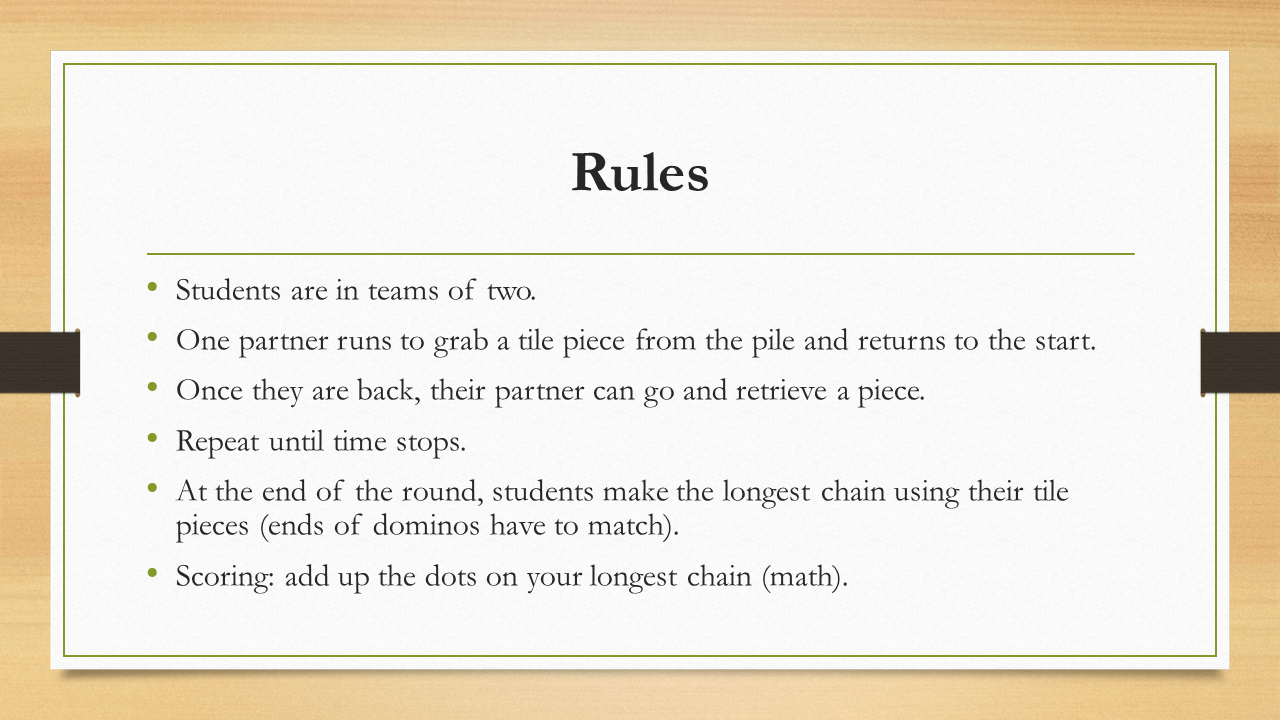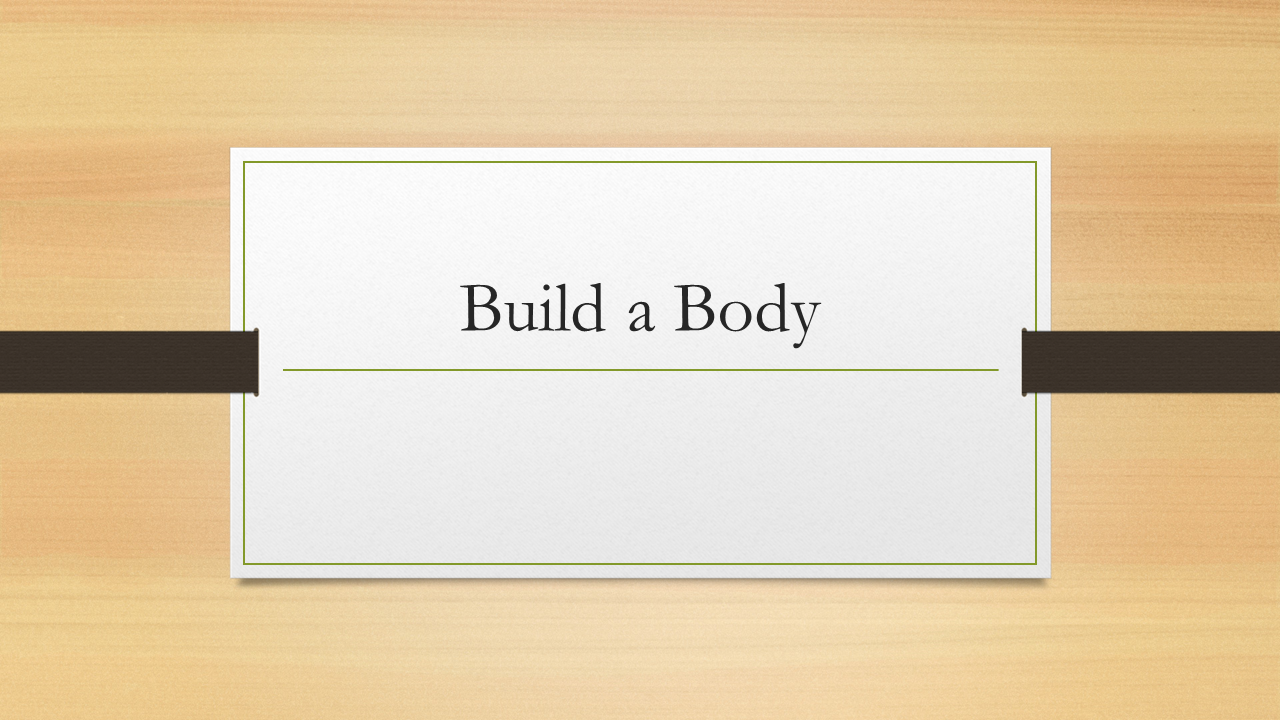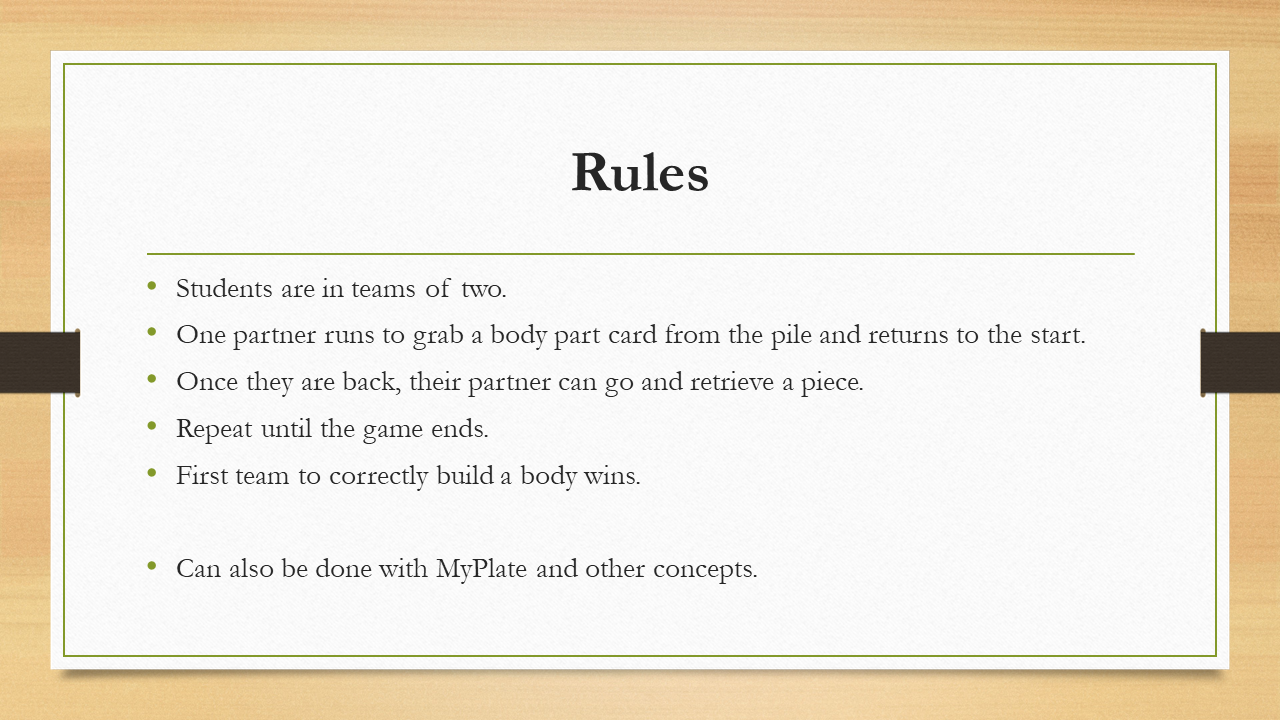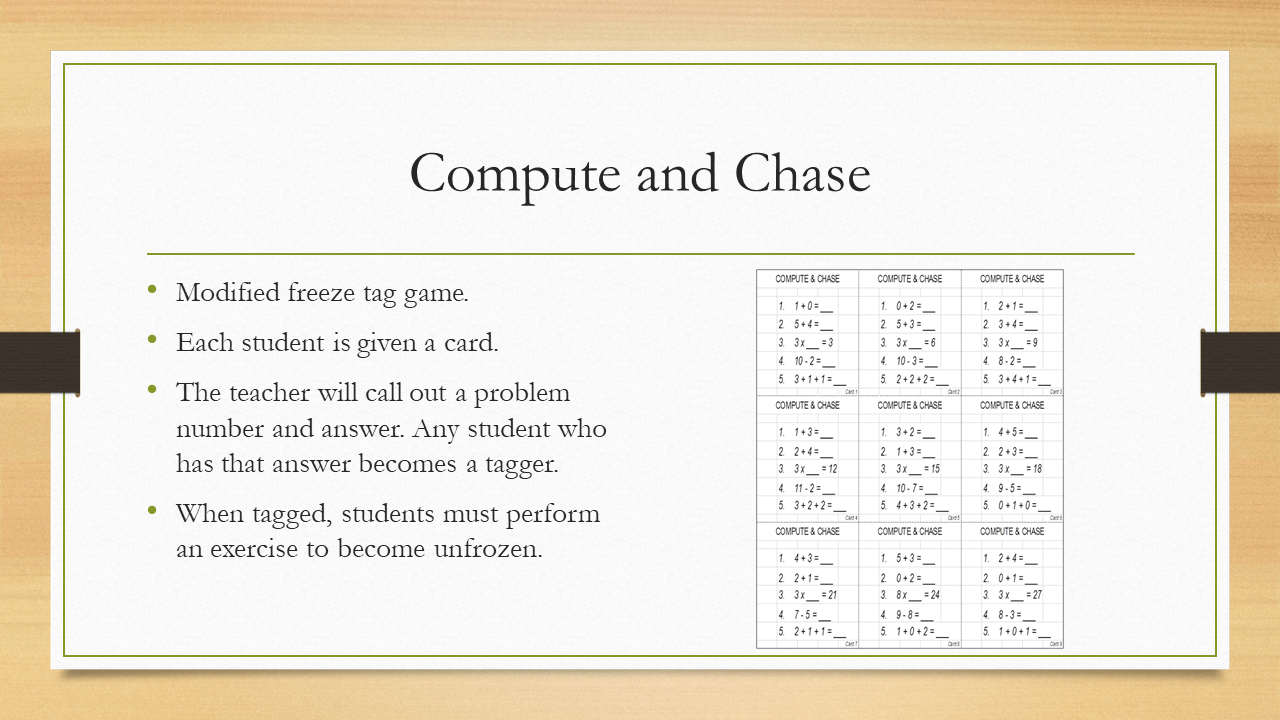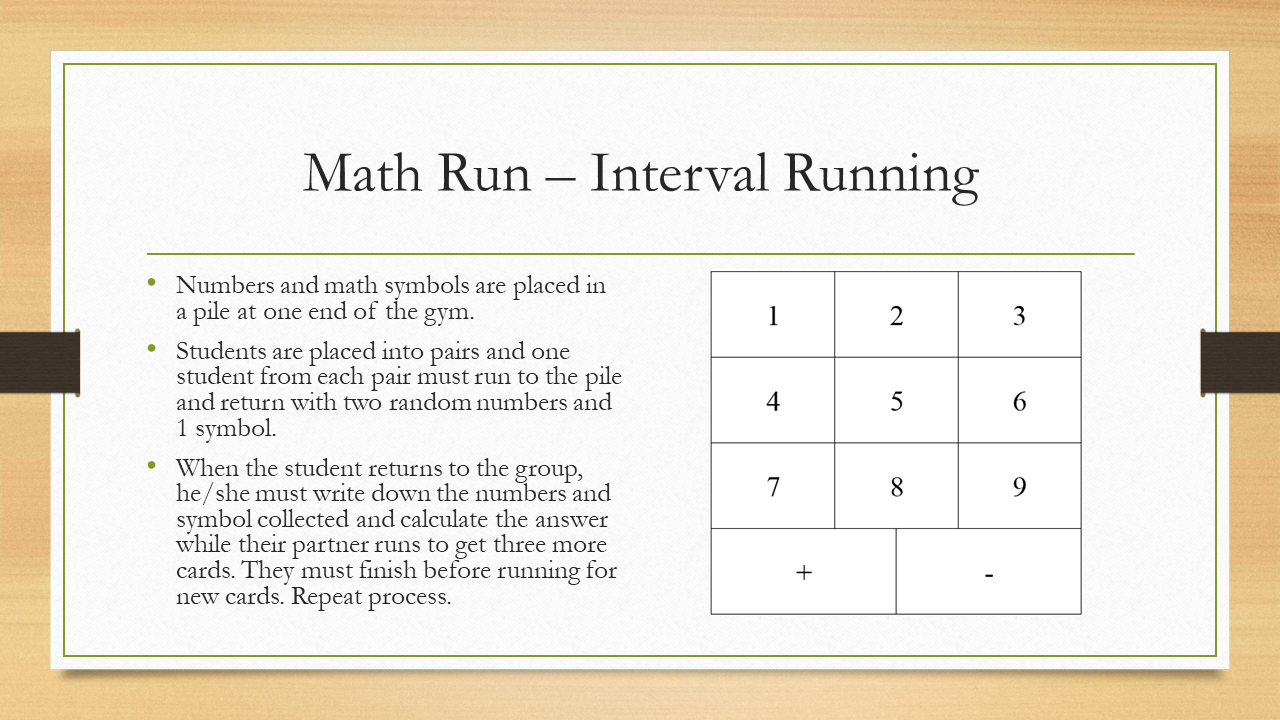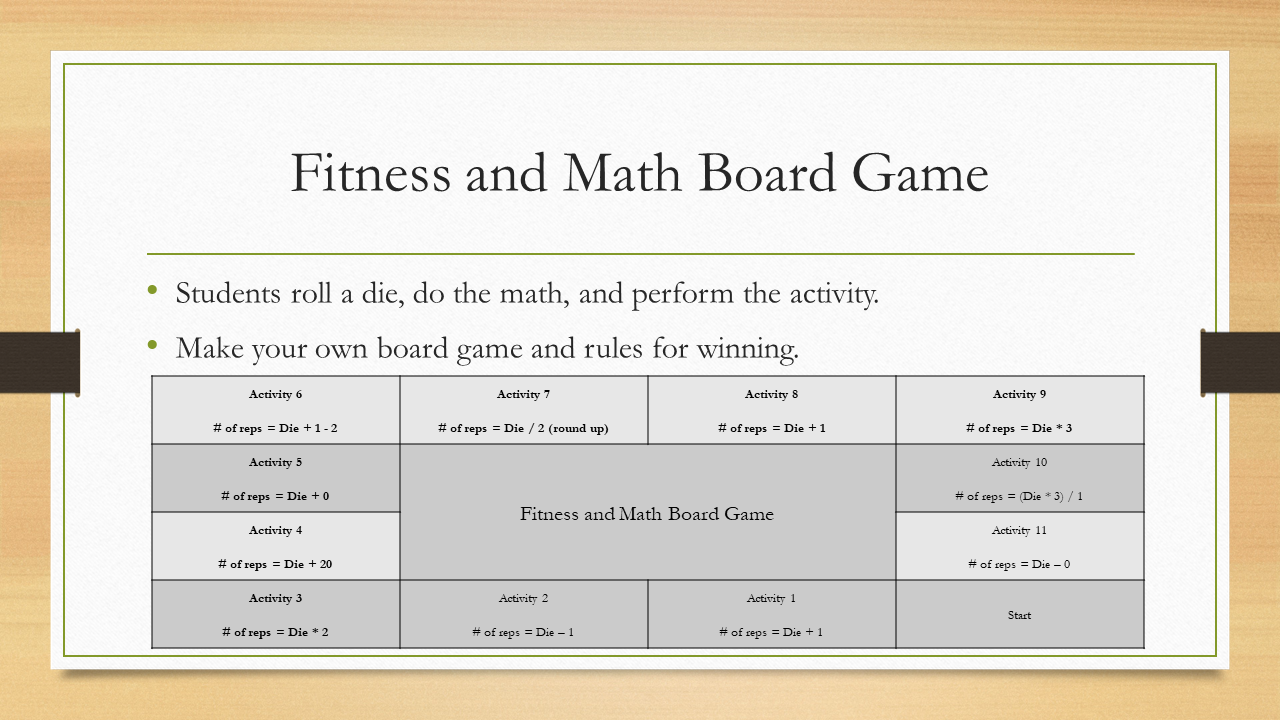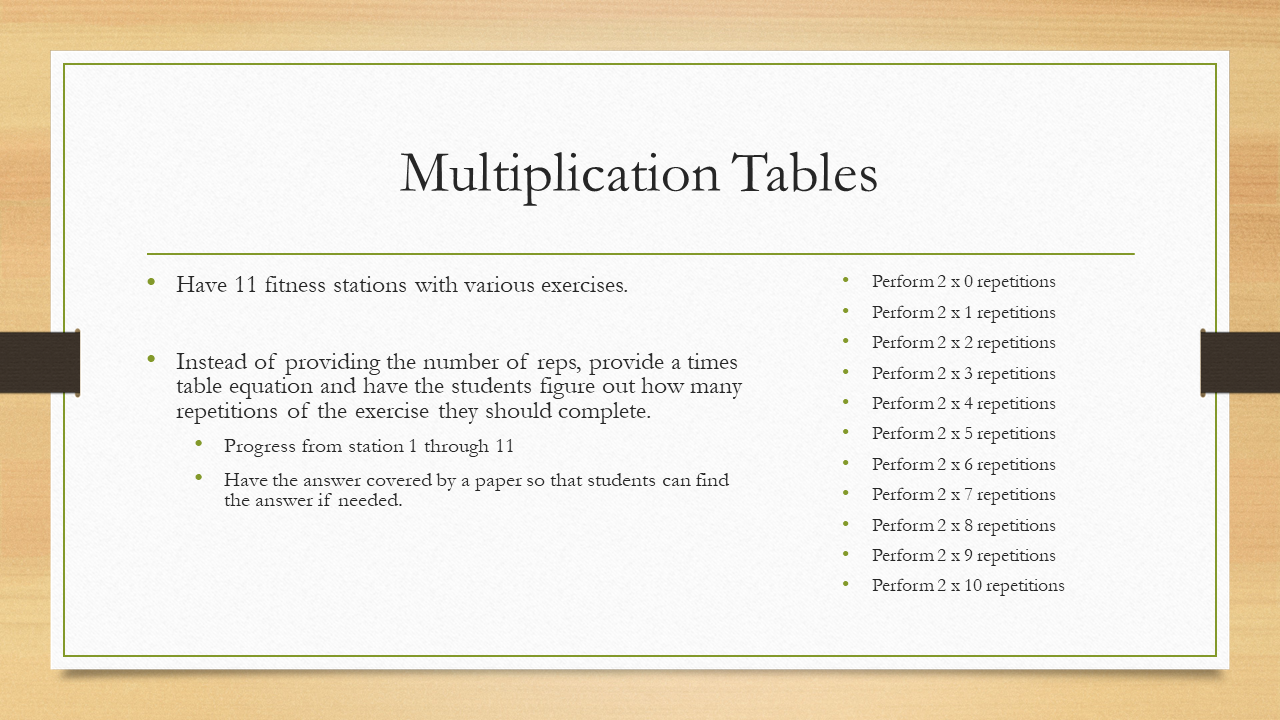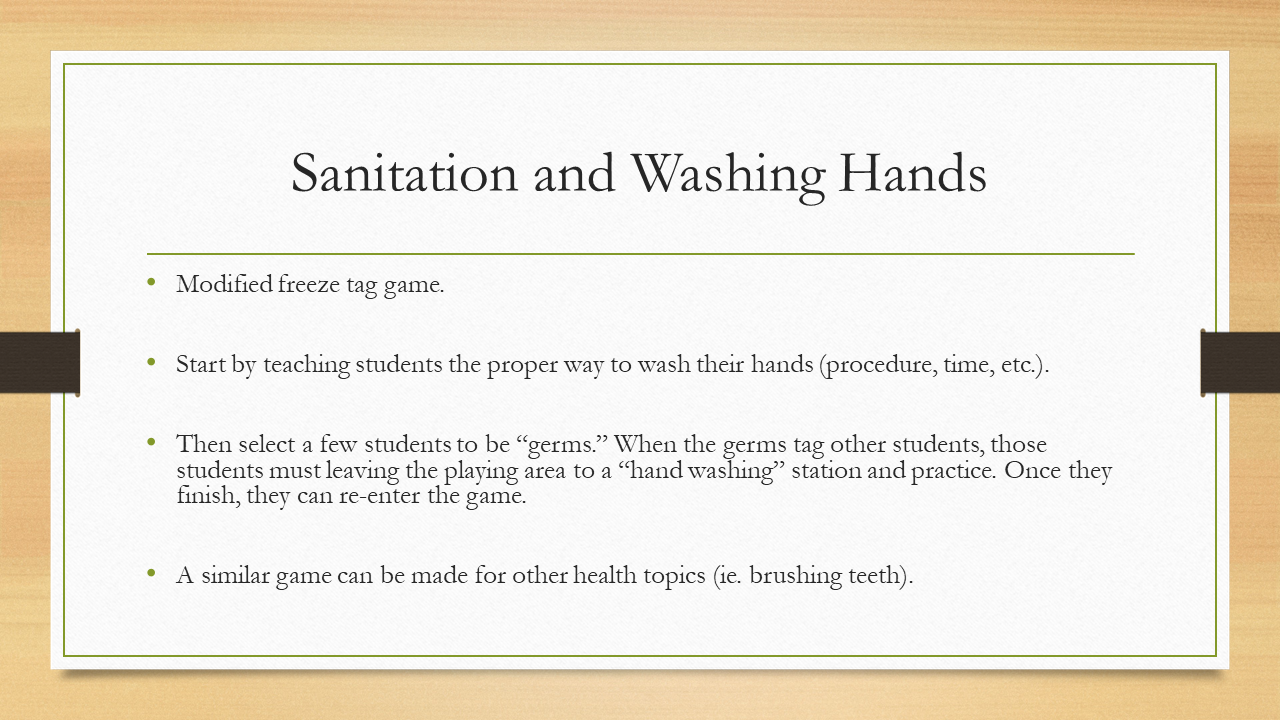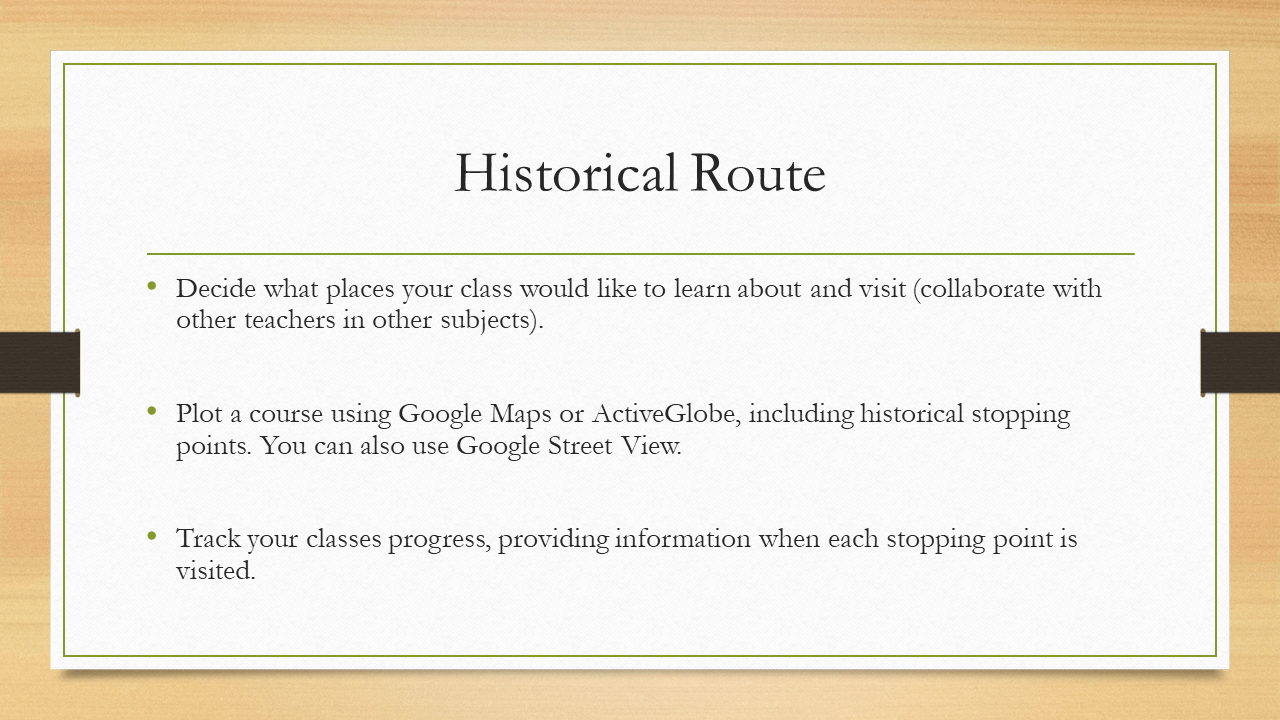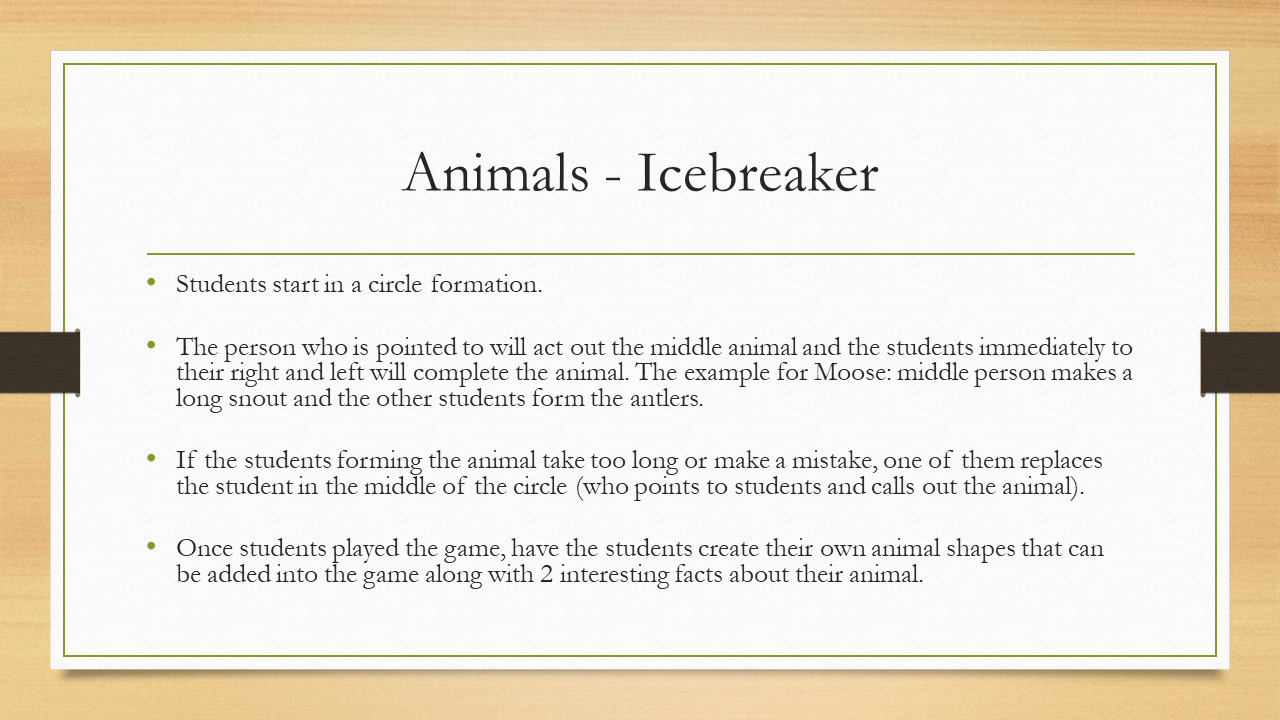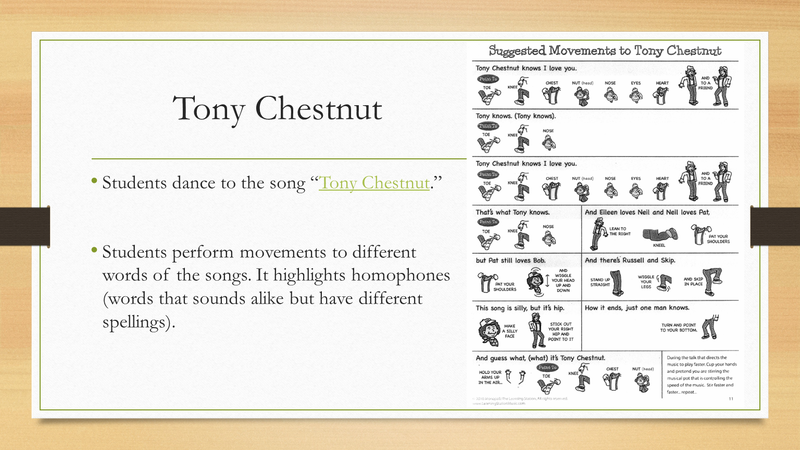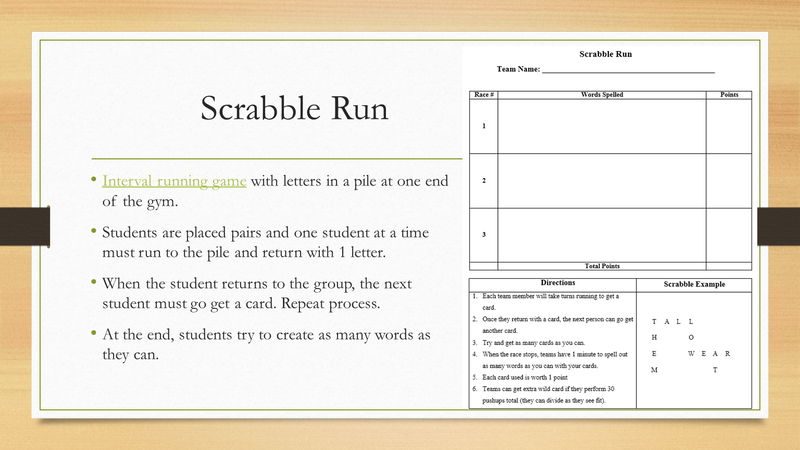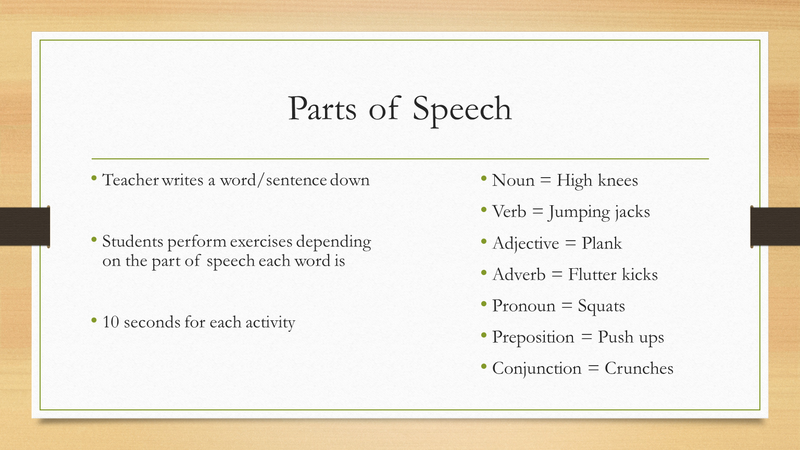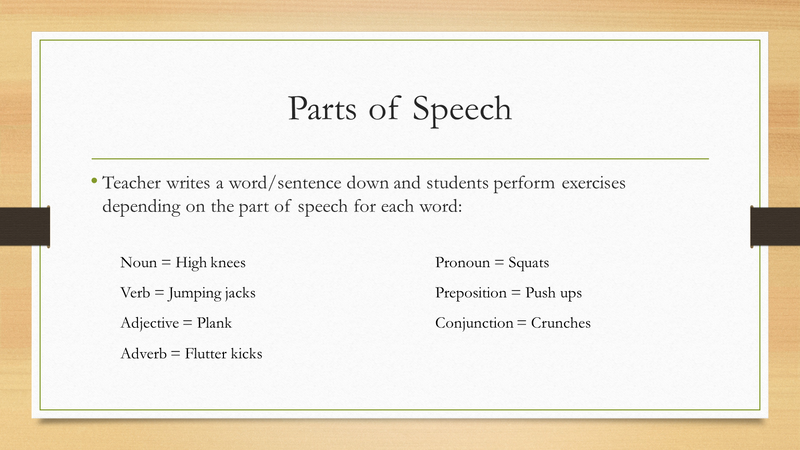Cross Disciplinary Examples
Incorporating content from other subject areas into a physical education curriculum has many benefits. First, it helps students with their other classes. Second, it builds support for your program. And third, classroom teachers can use some of these activities in their class, boosting physical activity throughout the day. We have lots of examples of how to do this below. Once you get the hang of it, incorporating other content in your lessons will become easier to do.
- 4 Strategies for Integrating Classroom Content Into Physical Education
- Change It Up With Integrated Learning Day
- Collaborative Planning: Integrating Curriculum Across Subjects
- How Do You Integrate Other Subjects into PE?
- STEM in the Gym: Tips and Activity Ideas for Physical Education
- Teaching Physical Education: Academic Infusion
our other webpages for Classroom Teachers
- Class Management: Our main page on class management. We also have Tools for Assessing Behavior and Techniques for Forming Groups.
- Domains of Learning: Example verbs and learning objectives for a variety of learning domain taxonomies.
- English Language Learners: Information on how to teach ELL students, regardless of the content area.
- Games and Activities: Compilation of websites that provide resources on physical education activities.
- Icebreakers and Teambuilding Videos: Name games, icebreakers, teambuilding, and conflict resolution activities. Directions are also available via PDF.
- Importance of Recess, Play, and Active Classrooms: Guidelines and resources for recess, play, and active classrooms.
- Stress Management Techniques: Information and resources on easy stress management techniques for students.
